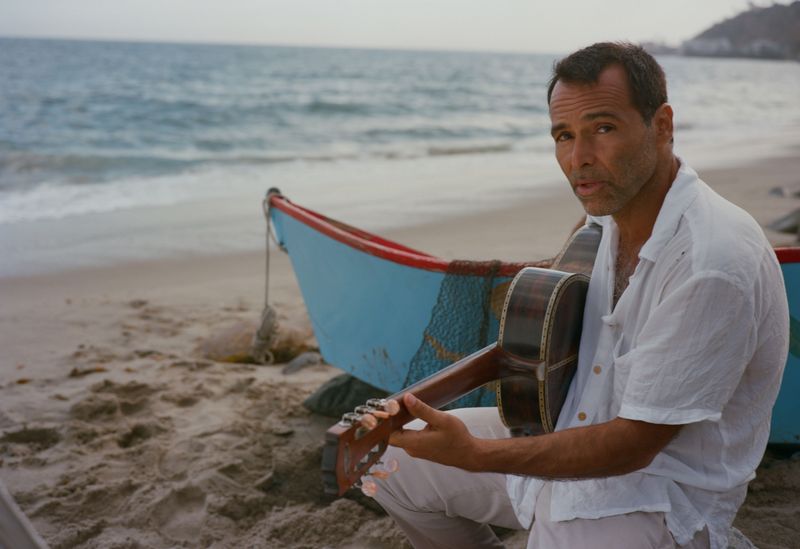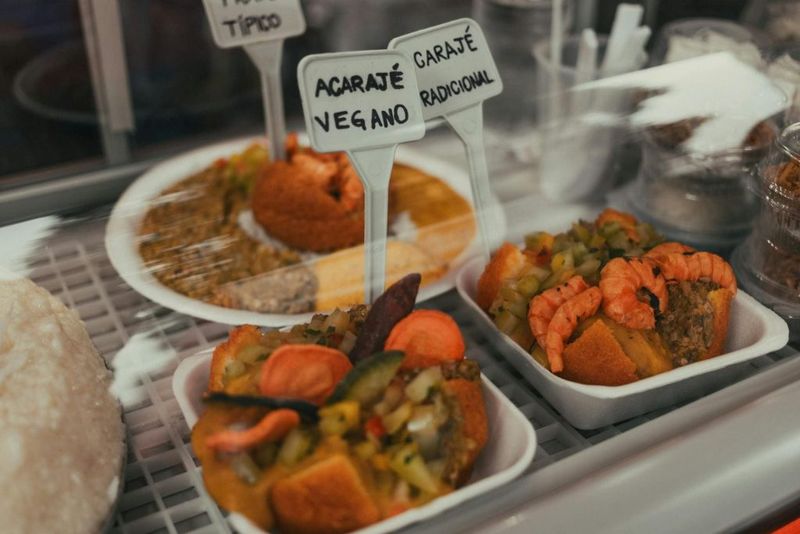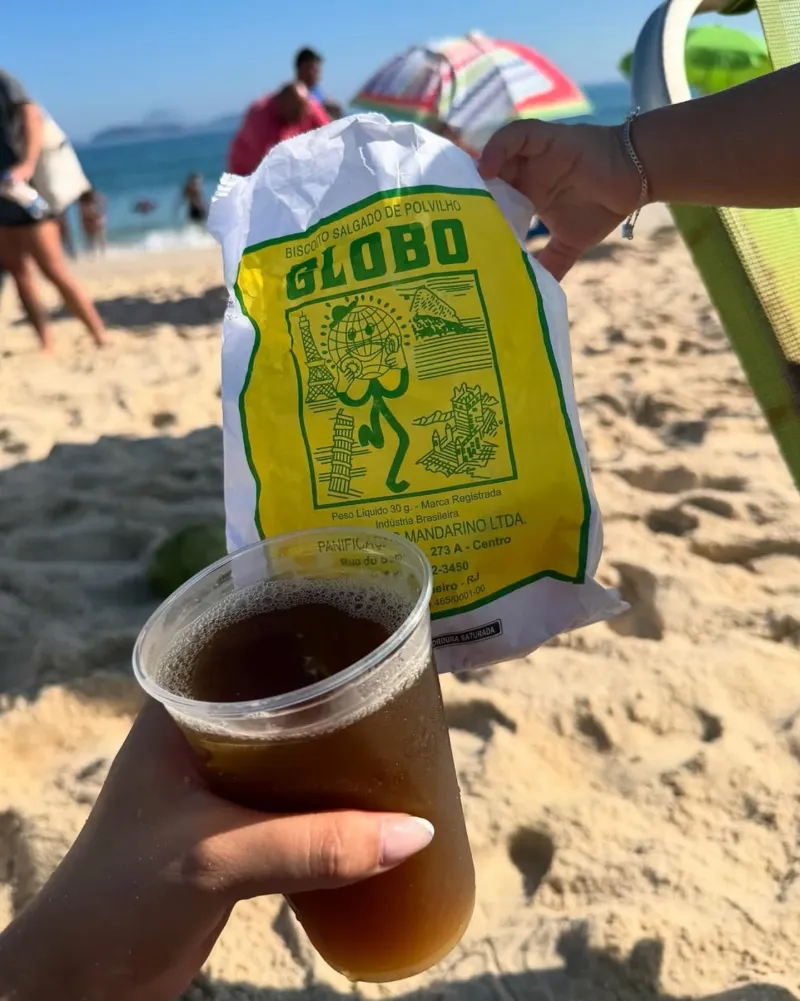Brazil’s coastline stretches for thousands of miles, creating a beach culture unlike anywhere else in the world. For generations, families have gathered along these sandy shores to celebrate summer traditions that blend music, food, and pure joy. While modern technology has changed some customs, the heart of Brazilian beach life remains wonderfully alive and vibrant.
1. The Dawn Fishermen’s Arrival

Before most beachgoers even wake up, weathered fishermen drag their colorful boats onto the sand as golden sunlight paints the horizon. Their calloused hands sort through nets filled with silvery fish while seabirds circle overhead, hoping for scraps.
These early morning scenes once defined every Brazilian beach, from Copacabana to remote coastal villages. Today, tourism and urban development have pushed many fishermen to quieter stretches of coastline.
However, in places like Jericoacoara and Trancoso, you can still witness this timeless ritual that connects modern Brazil to its maritime roots.
2. Coconut Vendors with Machetes

Nothing beats the satisfying thunk of a machete splitting open a fresh coconut on a sweltering beach day. Skilled vendors once roamed every stretch of sand, their coolers packed with green coconuts and their machetes sharp enough to slice through the tough husks in one fluid motion.
The sweet, refreshing água de coco inside provided instant relief from the blazing sun. Vendors would carve a small spoon from the coconut shell itself for scooping out the tender meat.
While bottled coconut water dominates city beaches today, traditional vendors still work the smaller coastal towns, keeping this refreshing tradition alive.
3. Booming Radios Playing Samba

Massive portable radios once ruled Brazilian beaches, their tinny speakers crackling with the smooth voices of samba legends like Cartola and Dorival Caymmi. Beach families would gather around these musical centerpieces, singing along to every word while children danced in the sand.
The shared soundtrack created an instant sense of community among strangers. Everyone knew the classics, and impromptu sing-alongs were common as the afternoon wore on.
Today’s beachgoers prefer personal playlists through Bluetooth speakers, but the music remains distinctly Brazilian – just with better sound quality and more variety mixed in.
4. The “Barraca” Beach Shacks

Rustic wooden shacks dotted the coastline like colorful pearls, each one serving up the day’s freshest catch alongside ice-cold beer in frosted glasses. These humble barracas became the heart of beach social life, where conversations flowed as freely as the drinks.
Weathered fishermen would flip whole fish on makeshift grills while patrons buried their toes in the sand beneath plastic tables. The smell of grilled fish mixed with salt air created an intoxicating beach perfume.
Modern beach bars have evolved into stylish establishments with craft cocktails and Instagram-worthy presentations, but they still capture that laid-back barraca spirit.
5. Kids Playing “Frescobol” (Paddle Tennis)

The rhythmic pop-pop-pop of rubber balls hitting wooden paddles creates the perfect soundtrack for Brazilian beach afternoons. Children as young as five learn to play frescobol, developing lightning-fast reflexes while their parents cheer from nearby beach chairs.
Traditional paddles were crafted from local wood and passed down through families like treasured heirlooms. Players would spend hours perfecting their technique, trying to keep the ball airborne for as long as possible.
While modern carbon-fiber paddles offer better performance, the game’s cooperative spirit remains unchanged – it’s about working together, not competing against each other.
6. The “Camelô” Beach Vendors

Walking vendors once created a mobile marketplace along every Brazilian beach, their melodic calls announcing everything from grilled cheese on sticks to crispy acarajé fritters. These entrepreneurial camelôs carried their entire businesses on their backs or in wheeled carts.
The famous cry of “Olha a biscoito Globo!” would send children running to their parents for coins to buy the puffy cassava crackers. Vendors knew their regular customers by name and would save the best treats for loyal families.
Government regulations have moved many vendors into permanent kiosks, reducing the charming chaos but ensuring food safety standards are met.
7. Sunbathing on Colorful “Cangas”

Vibrant sarong-style cangas once painted Brazilian beaches in every color imaginable, from sunset oranges to ocean blues. These versatile pieces of fabric served as towels, blankets, changing rooms, and fashion statements all rolled into one.
Families would spread their faded cangas across the sand, creating temporary territories that marked their spot for the day. The wind would catch the lightweight fabric, creating colorful waves across the beach landscape.
Today’s beach towels are more sophisticated and Instagram-ready, but many Brazilian families still prefer the traditional canga for its versatility and nostalgic charm that connects them to simpler times.
8. The Afternoon “Chopp” (Draft Beer) Ritual

As the sun reaches its peak, beach bars across Brazil fill with the sound of draft beer taps working overtime. Friends gather around wobbly plastic tables planted directly in the sand, their feet buried up to the ankles while frosted mugs sweat in the tropical heat.
Sharing a chopp became more than drinking – it was a social ceremony that marked the transition from morning beach activities to lazy afternoon relaxation. Conversations would flow as freely as the golden beer.
Craft breweries have elevated the beer selection with IPAs and specialty brews, but the communal spirit of the afternoon chopp ritual remains a cornerstone of Brazilian beach culture.
9. Beach Soccer Matches at Sunset

Golden hour transforms Brazilian beaches into natural soccer stadiums where barefoot players showcase skills that would make professionals jealous. These pickup games use driftwood posts as goals and the incoming tide as a natural boundary line.
Players of all ages join spontaneous matches, with spectators cheering from the sidelines while waves crash nearby. The soft sand adds an extra challenge that develops incredible ball control and creativity.
While organized tournaments with proper equipment have become more common, the magic of sunset soccer remains the same – pure joy, incredible skill, and the beautiful game played in paradise.
10. The “Ambulante” Photographers

Before smartphones existed, wandering photographers with instant cameras were the official documentarians of Brazilian beach memories. These entrepreneurial artists would snap candid shots of families and couples, then wait patiently while the photos developed in the tropical heat.
Children would gather around to watch the magic of Polaroid pictures slowly appearing, their faces lighting up with wonder. These photographers knew all the best angles and lighting spots along their beach routes.
Selfie sticks and digital cameras have replaced the Polaroid artists, but many beachgoers miss the surprise and anticipation of waiting for those instant photos to reveal their sun-soaked memories.
11. Hammocks Tied Between Palm Trees

Swaying gently between coconut palms, colorful hammocks created perfect spots for afternoon naps while ocean breezes provided natural air conditioning. These handwoven nets were often family treasures, passed down through generations and repaired countless times with loving care.
The art of hammock-hanging became a skill in itself, with experienced beach veterans knowing exactly which trees offered the best support and shade. Falling asleep to the sound of waves was considered the ultimate luxury.
Modern hammocks come with built-in cup holders and weather-resistant materials, but the simple pleasure of swaying between palm trees remains one of Brazil’s most peaceful beach traditions.
12. The “Banana Boat” Rides

Bright yellow inflatable bananas bouncing across the waves created squeals of delight and inevitable splashdowns for generations of Brazilian beach adventurers. These wobbly watercraft challenged riders to hold on tight while motorboats pulled them through choppy waters at thrilling speeds.
The real fun came from trying to stay aboard when the boat driver took sharp turns, sending everyone tumbling into the warm ocean with dramatic splashes. Laughter echoed across the water as soaked riders climbed back aboard for another round.
Jet skis now provide more individual thrills with GoPro cameras capturing every moment, but banana boats still offer that special group bonding experience that comes from shared adventure and inevitable dunking.
13. The “Pé na Areia” (Barefoot) Strolls

Walking barefoot along the water’s edge remains one of Brazil’s most meditative beach traditions, where warm sand massages tired feet and cool waves wash away daily stress. These leisurely strolls often stretch for miles, with no destination more important than the journey itself.
Couples would walk hand-in-hand during golden hour, while early risers enjoyed solitary dawn walks before the beaches filled with families. The rhythm of waves and the feeling of sand between toes created a natural form of therapy.
Designer flip-flops and reef-safe sunscreen have become modern necessities, but the simple joy of barefoot beach walking continues to connect Brazilians with their coastal heritage and natural environment.
14. The “Biscoito Globo & Mate” Combo

Crunchy cassava crackers served in paper cones paired with bitter mate tea created the perfect Brazilian beach snack combination that satisfied hunger without weighing swimmers down. Vendors would shake the puffy biscoitos fresh from large glass containers, creating an irresistible rattling sound.
The contrast between the light, airy crackers and the strong, earthy mate provided the ideal energy boost for long beach days. Families would share cones while discussing everything from soccer to neighborhood gossip.
Gourmet flavors and artisanal mate variations have elevated this classic combination, but the essential pairing remains unchanged – simple, satisfying, and perfectly suited to Brazilian beach life and culture.
15. The Nighttime “Forró” Dances

Accordion melodies and triangle beats would fill the night air as couples spun across makeshift dance floors illuminated by colorful string lights. These spontaneous forró circles brought together people of all ages, from teenagers learning their first steps to grandparents showing off decades of experience.
The infectious rhythm made it impossible to stand still, and even shy observers would eventually join the swirling dancers. Cold beer and warm ocean breezes created the perfect atmosphere for romance and celebration under the stars.
Electronic forró and professional DJ setups have modernized the sound, but beach communities still gather for these magical nights of music, dancing, and connection that celebrate Brazil’s rich cultural heritage.
16. The “Pescaria” (Fishing) at Dusk

Patient fishermen would cast their lines as the sun painted the sky in brilliant oranges and purples, their bamboo rods silhouetted against the colorful horizon. These evening fishing sessions were as much about meditation and community as they were about catching dinner.
Buckets would slowly fill with tainha and other local fish while stories and wisdom passed between generations of anglers. The gentle sound of waves and the occasional splash of a caught fish created a peaceful soundtrack.
Urban development has pushed traditional fishing to more remote areas, but dedicated communities still gather at dusk to continue this ancient practice that connects them directly to the ocean’s bounty.
17. The “Artesanato” (Handicraft) Markets

Creative artisans would spread colorful blankets across the sand, displaying everything from intricate shell jewelry to whimsical driftwood sculptures carved by weathered hands. These impromptu markets transformed beaches into open-air galleries where every piece told a story of coastal life.
Tourists and locals alike would browse the unique creations while chatting with artists about their techniques and inspiration. Haggling was expected and enjoyed, creating personal connections between buyers and creators.
While mass-produced souvenirs now dominate many tourist areas, authentic artisan markets still thrive in smaller coastal communities, preserving traditional crafts and providing income for local creative talents who draw inspiration from the sea.
18. The “Banho de Mar” (Ocean Baptism) on New Year’s

Millions of Brazilians dressed in white would gather at beaches nationwide to jump seven waves at midnight, believing this ritual would bring good luck for the coming year. The tradition combines African, indigenous, and Catholic influences into one powerful celebration of hope and renewal.
Families would hold hands as they counted each wave together, while offerings of flowers floated on the dark water. The collective energy of thousands of people sharing the same hopeful moment created an unforgettable spiritual experience.
Drone cameras now capture the massive crowds from above, but the essential magic remains unchanged – strangers becoming community through shared faith in the ocean’s power to wash away the past and bless the future.
19. The “Carioca” Beach Fashion

Rio’s beaches became fashion runways where tiny Speedos and intricate crocheted bikinis showcased the Brazilian philosophy that less is definitely more when it comes to beachwear. Confidence mattered more than conventional beauty standards, and everyone strutted with pride regardless of age or body type.
Grandmothers would sport the same revealing styles as teenagers, while men of all shapes embraced the famously brief sunga swimwear. Tanned skin was the ultimate accessory, carefully cultivated through hours of dedicated sun worship.
Sustainable fabrics and eco-friendly materials have updated the materials, but Brazilian beach fashion remains refreshingly bold and body-positive, celebrating the human form in all its natural diversity.



